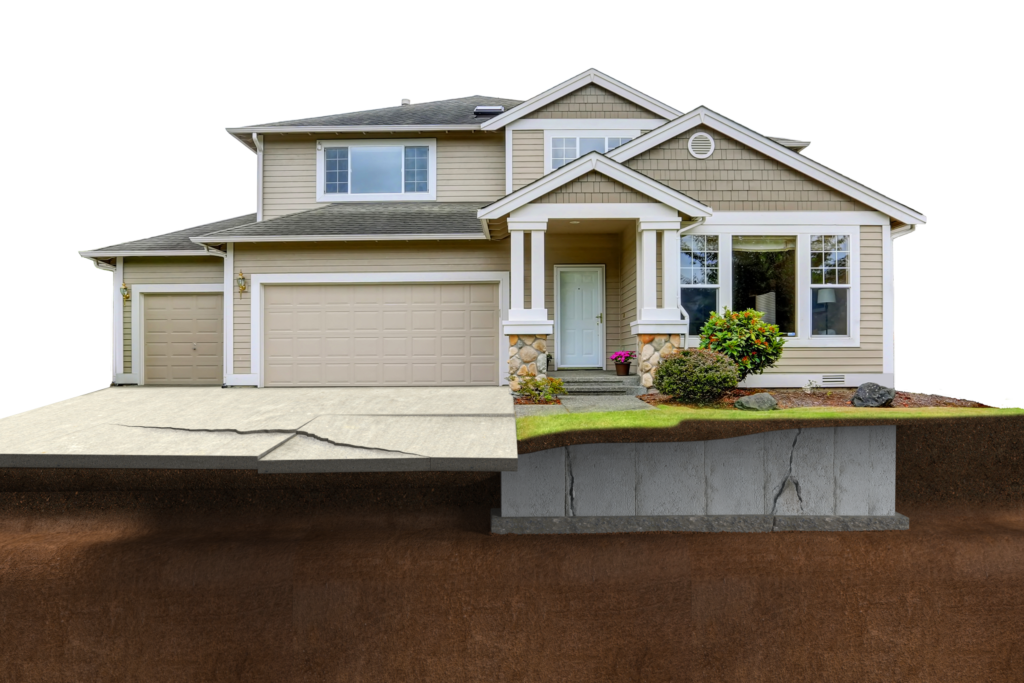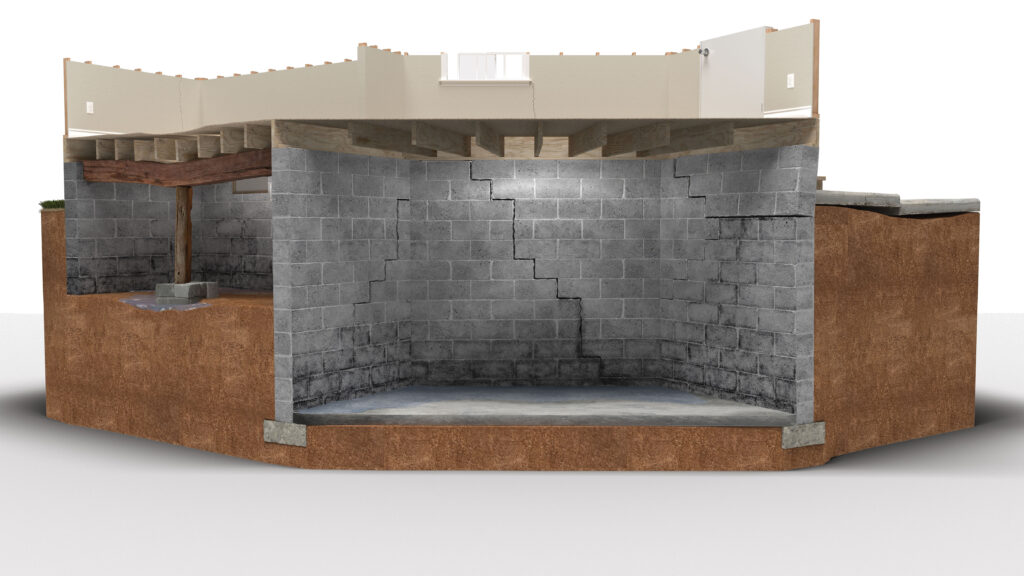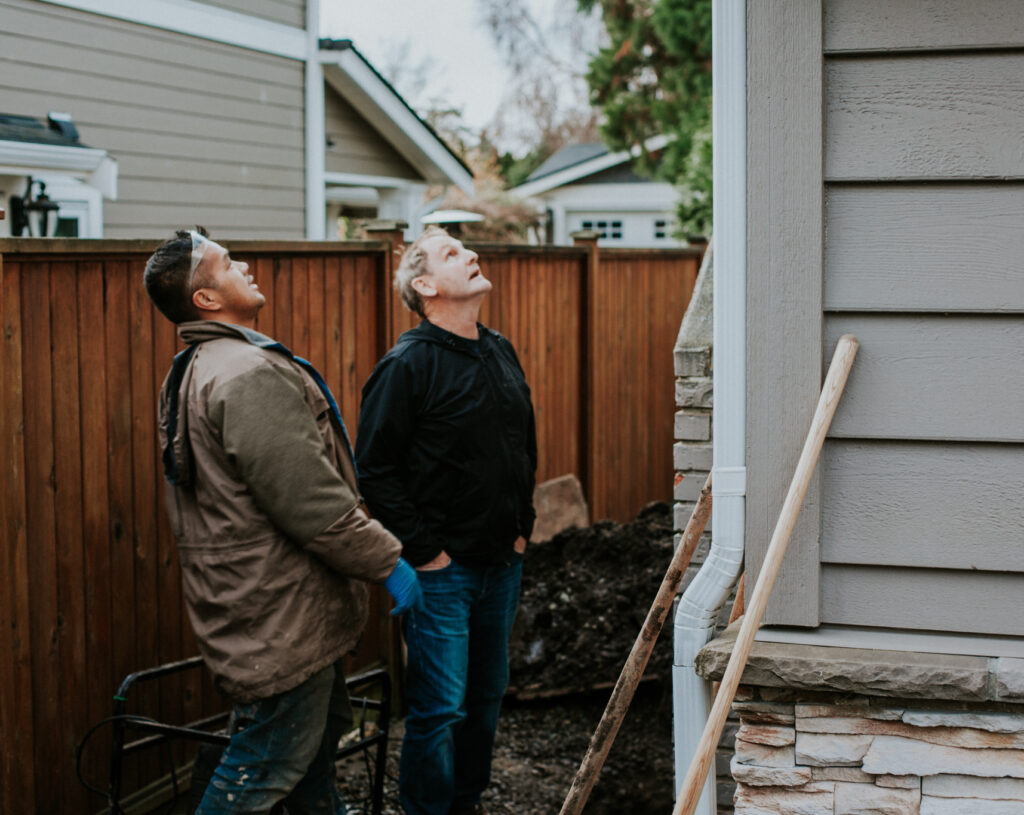Whether you are in a newly constructed home or building, or have been living in your home for years, you’ll know that settlement is inevitable. Sometimes you’ll hear a creak, notice a crack in the wall, or maybe your concrete looks like it’s sinking. It’s true that all of this is simply the house settling, but how do you know when these symptoms turn into warning signs? How much foundation settlement is too much?

Why is my Vancouver home sinking?
Timing and weather conditions cause foundation settlement. Over time, the weight of a home will compress the soils beneath and sink into the earth slightly. Depending on the soil types, weather conditions, and craftsmanship of the build, all homes will eventually sink a few inches.
However, the constantly changing weather conditions throughout the Vancouver, Lower Mainland, and Vancouver Island region, have a big impact on home settlement. Throughout dry seasons, the soils around your home may dry and shrink considerably in size, leaving voids under the structure. Throughout wet seasons, the soils retain moisture and become very soft. The soft soils weaken and cause the home to sink. Sinking into soft soil can also be caused by leaks or poor drainage.
Although home settlement is inevitable, it can get to a point that causes structural damage and can even lower the value of your home.
At what point do you worry about foundation settlement?
An average amount of settlement in a home is about 1 inch. Foundation settlement deeper than that, could be indicating structural damage.

How to tell between normal settlement and structural damage:
Normal settlement should occur at any point in your home’s lifecycle and the home should settle consistently and remain level.
Settlement indicating structural damage will be a lot more obvious. Your home can settle too much or unevenly, resulting in the following symptoms:
- Large cracks in foundation, floors, or drywall
- Separation between walls and floors or ceilings
- Sagging or uneven floors
- Sticking doors or windows
- Chimney separating from the house
- Diagonal cracks going from doors and windows to the ceiling
If you are noticing any of these symptoms, your home could have structural damage. Structural damage can lead to leaks, doors or windows that don’t work properly, and instability.
What to do when a foundation has settled too much
When your home’s foundation has settled too much and it’s beginning to cause damage, the best thing to do is to call a professional for advice. Our foundation specialists at True Level Concrete are seasoned professionals who know how to spot warning signs from a mile away.
Call our team and set up a quick assessment where our foundation specialists can assess your damage, create a tailored foundation repair plan and deliver a free quote on the spot.
